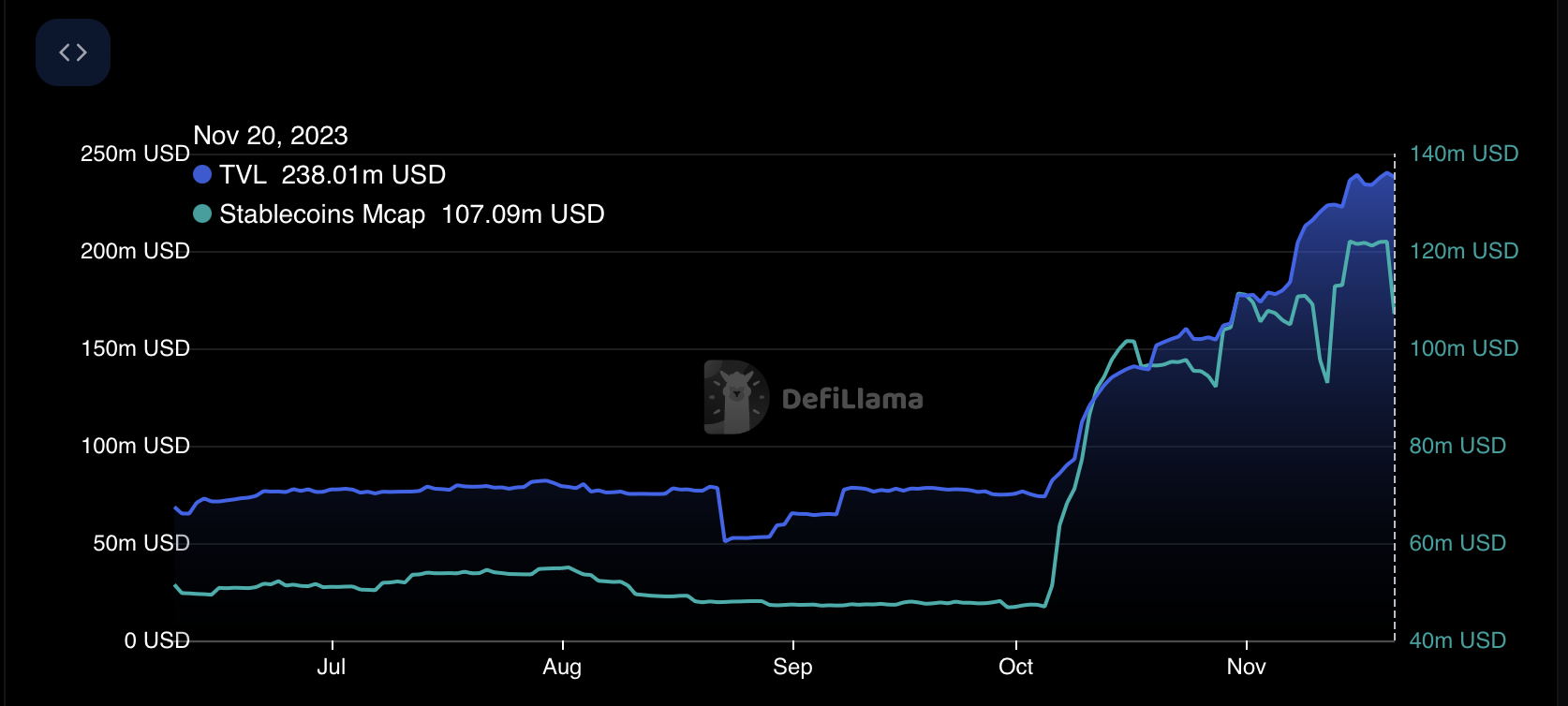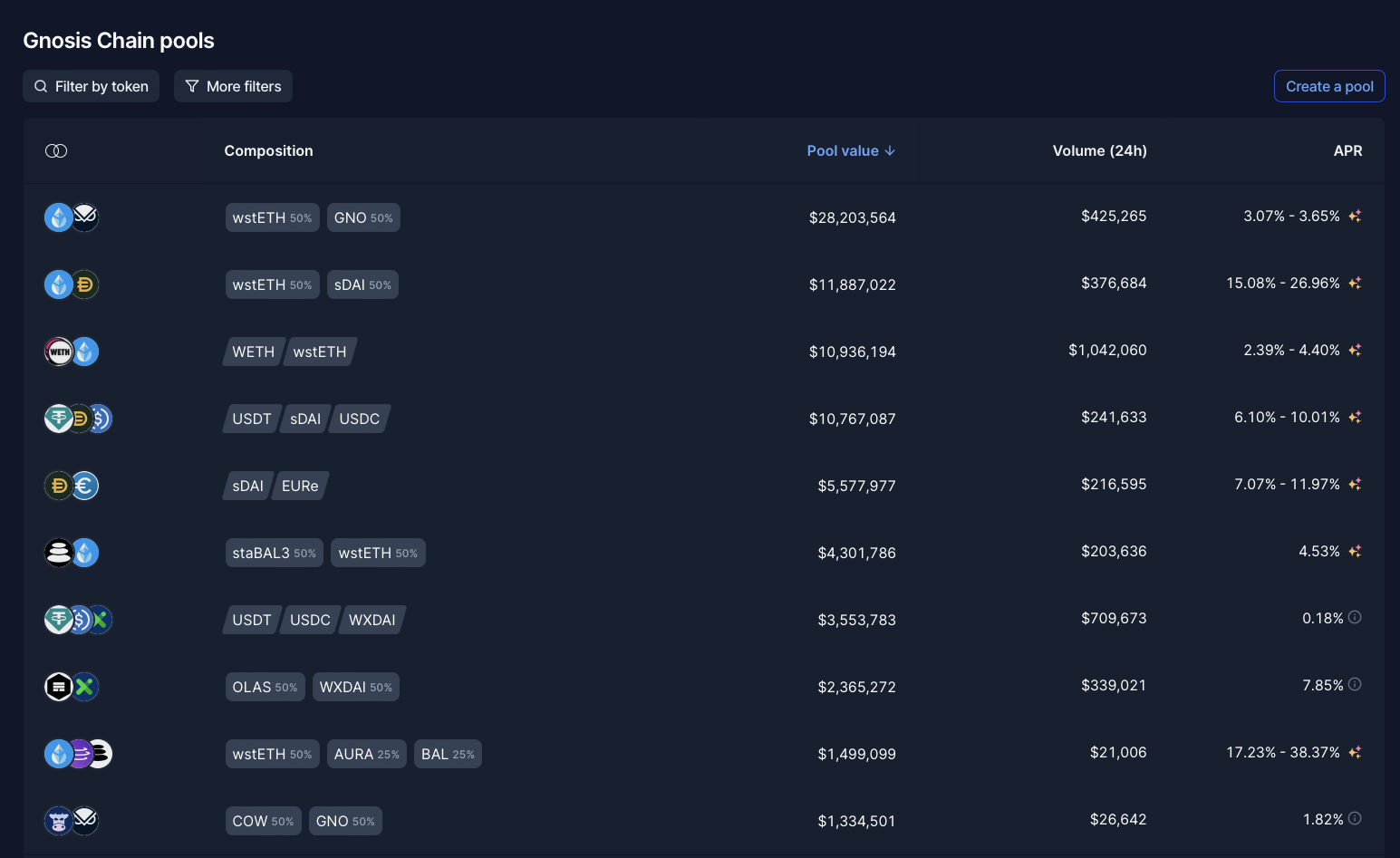Proposal edited to reflect risk service provider recommendation
Title: [ARFC] Update GNO Risk Parameters on Aave V3 Gnosis Pool
Author: @marczeller - Aave Chan Initiative
Date: 2023-11-20
Summary
This ARFC proposes to update GNO risk parameters on the Aave V3 Gnosis Pool to enable borrowing, fostering Gnosischain decentralization and use-cases for passive income and staking.
Motivation
The goal is to enhance GNO utility by allowing it to be a borrowable asset, thereby supporting Gnosischain’s decentralization. This adjustment also prepares for future GNO LSTs and a possible GNO-correlated e-mode, expanding utility and passive income opportunities for GNO holders.
Specification
The proposed changes aim to make GNO a borrowable asset outside of isolation mode with adjusted risk parameters to accommodate this new functionality
| Risk Parameter | Current Value | Proposed Value |
|---|---|---|
| Isolation Mode | Yes | YES |
| Borrowable in Isolation | No | No |
| Stable Borrow | No | No |
| Enable Borrow | No | Yes |
| Enable Collateral | Yes | Yes |
| Loan To Value (LTV) | 31% | 31% |
| Liquidation Threshold | 36% | 36% |
| Liquidation Bonus | 10% | 10% |
| Reserve Factor | N/A | 20% |
| Liquidation Protocol Fee | 10% | 10% |
| Supply Cap | 30000 GNO | 30000 GNO |
| Borrow Cap | N/A | 1100 GNO |
| Debt Ceiling | 1M$ | 1M$ |
| uOptimal | N/A | 80% |
| Base | N/A | 0% |
| Slope1 | N/A | 15% |
| Slope2 | N/A | 80% |

Next Steps
- Collect feedback from the Aave community & Aave Risk service provider on the proposed changes.
- If the community feedback is positive, advance the proposal to the ARFC Snapshot phase.
- Upon successful Snapshot, implement the updated risk parameters via an AIP vote.
Disclaimer
This proposal is powered by Skywards.
The Aave Chan Initiative has not received any form of compensation from Gnosis for creating this proposal.
Copyright
Copyright and related rights waived under CC0.


